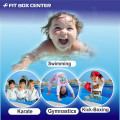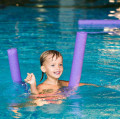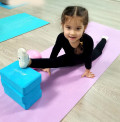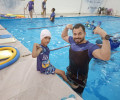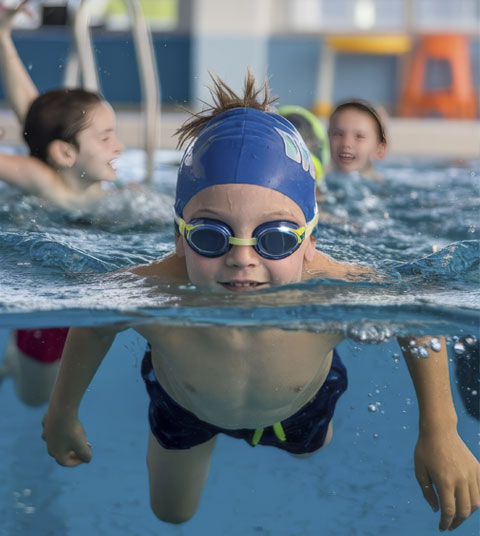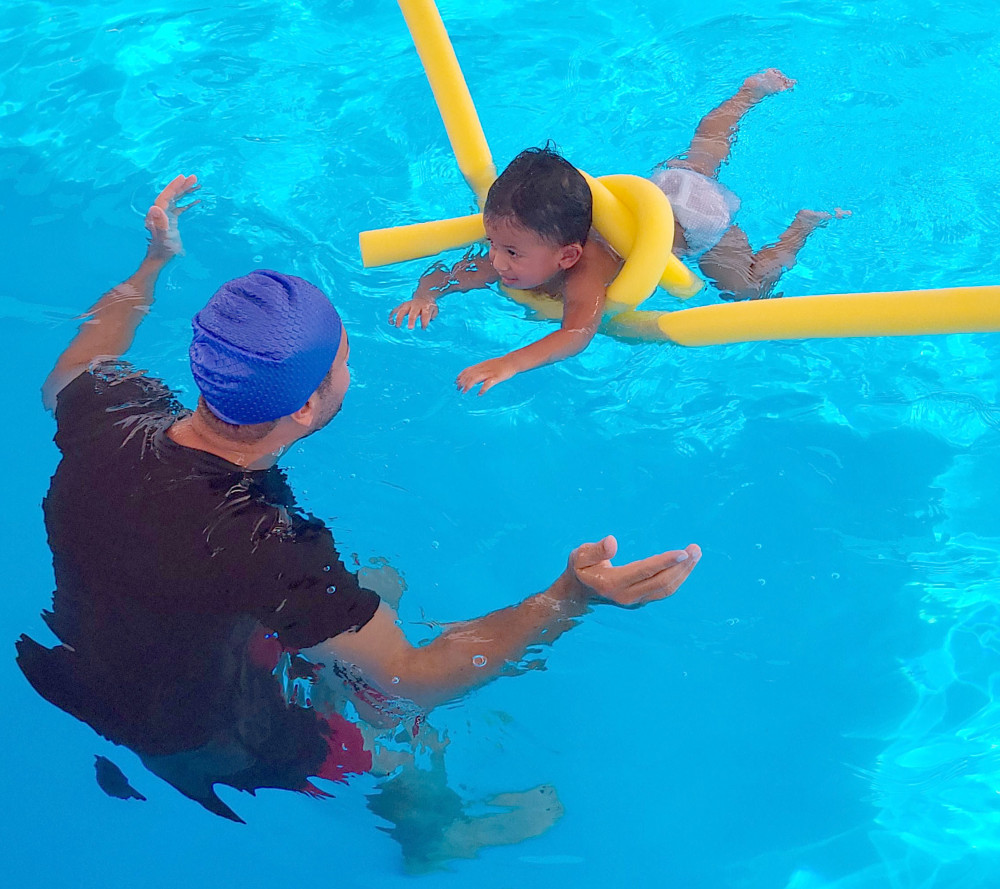
How to Produce Confidence in a Baby for Swimming
2024-10-17 - swimmingIntroduction
Swimming is not only a valuable life skill but also an enjoyable activity that can benefit babies in numerous ways. However, introducing a baby to swimming can be a delicate process. Babies are naturally cautious when they encounter new environments, and water can be especially intimidating. Teaching your baby to be comfortable and confident in water requires patience, positive reinforcement, and the right techniques. This guide will help you build your baby’s confidence in the water step by step, making swimming a joyful experience for both of you.
Understanding Your Baby's Comfort Level
The first step in teaching your baby how to swim is understanding their comfort level. Each baby responds to water differently. Some might be naturally curious, while others may exhibit signs of fear or discomfort.
Recognizing Signs of Fear and Discomfort
Pay attention to body language. If your baby clenches their fists, cries excessively, or becomes stiff, it could mean they're not ready for the water yet. It's important to never force a baby into the water if they’re not comfortable. Give them time and build trust before making any progress.
Building Trust Before Entering the Water
Before you even step into the pool, work on building a sense of trust. Holding your baby securely and gently introducing them to water in a safe, shallow area can help alleviate their fears. The more secure they feel in your arms, the more willing they will be to explore the water.
Creating a Positive Environment
Your baby's first experience with water should be in a positive, comfortable setting. This will create a sense of excitement rather than fear.
Choosing the Right Swimming Pool
Choose a pool that is quiet, clean, and well-maintained. A calm environment without loud noises or lots of splashing will make the introduction to swimming more peaceful. Smaller pools or family-friendly facilities are ideal for the first sessions.
The Importance of Warm Water and Calm Settings
Babies are sensitive to temperature changes, so make sure the water is warm enough to avoid discomfort. Cold water can be startling and may lead to negative associations with swimming.
Pre-Swim Warm-Up
A playful warm-up routine before entering the pool can help your baby relax and associate swimming with fun.
Using Playtime to Encourage Water Affinity
Let your baby splash in shallow water or play with bath toys to introduce them to the sensation of water in a non-threatening way. By associating water with play, you set a positive foundation for future swimming sessions.
Incorporating Gentle Splashing and Water Toys
Gentle splashes, water toys, or colorful floats can make the water feel like an exciting playground. These tools can turn nervous energy into curiosity and fun.
Gradual Introduction to Water
The key to building confidence is gradual exposure. Babies don’t need to swim on their first try—small steps lead to bigger successes.
Starting with Bathtub Familiarization
If your baby is hesitant about swimming, start by introducing them to water during bath time. This allows them to get comfortable with water in a familiar environment before moving to a larger pool.
Holding Techniques for a Secure Feeling in the Water
When in the pool, hold your baby close to you, allowing them to feel secure. Use a gentle hold that supports their body but also gives them the freedom to move. Eye contact and soothing words will also reassure them during these first steps.
Slowly Increasing Water Exposure
Once your baby is comfortable with the water, you can slowly increase the amount of time they spend in the pool.
Transitioning from Bathtubs to Pools
Gradually shift from using the bathtub to larger pools. Start with shallow pools and progressively move to deeper ones as they become more confident.
Timing Each Session Appropriately to Avoid Overwhelm
Short, positive experiences are better than long, overwhelming sessions. End on a high note—when your baby is happy in the water, wrap it up so they remember swimming as a fun activity.
Building Confidence Through Repetition
Consistency is key when it comes to teaching babies how to swim. Repetition helps reinforce their learning and builds their confidence.
Why Consistency Is Key in Learning
Frequent exposure to water makes your baby more familiar and comfortable with it. Set a regular schedule for swimming so your baby becomes more accustomed to the environment.
Using Familiar Songs and Movements for Comfort
Singing familiar songs or using gentle, rhythmic movements in the water can make the experience feel more familiar. This helps reduce anxiety and makes the water feel like a safe space.
Parent-Child Bonding in the Pool
Swimming is not just about teaching a skill; it’s a bonding experience. Babies feel safer when they have their parent’s support in the water.
The Role of Physical Contact and Support
Keep a gentle but firm hold on your baby, allowing them to feel secure. Physical contact reassures them and strengthens their confidence in the water.
How Eye Contact and Smiles Reassure Babies
Smile, make eye contact, and speak in soothing tones. Babies read your facial expressions for cues, so your calm and positive demeanor will help them feel relaxed.
Engaging with Fun Activities
To make swimming enjoyable, incorporate fun games and toys. Play is essential to building confidence.
Games and Songs to Encourage Play in the Water
Introduce games like "splash the water" or songs that involve gentle movements in the pool. These activities keep the atmosphere light and playful, making the water a more inviting place.
Introducing Floats and Other Water Toys
Using floats or inflatable rings can help babies feel more independent while still being safe. Water toys keep their interest and help distract them from any initial discomfort.
Encouraging Baby’s Own Movements in the Water
Encourage your baby to kick, splash, and move their arms in the water. These movements will make them feel more in control and confident.
.


